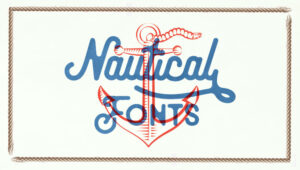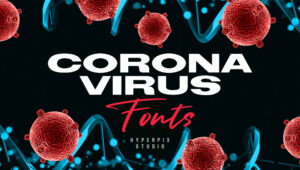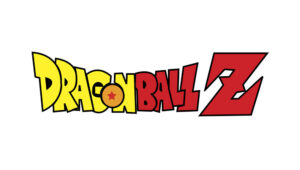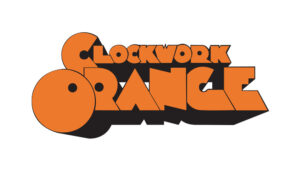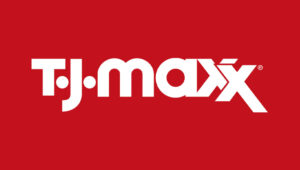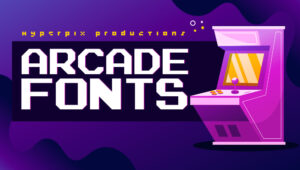Smithsonian Magazine Font
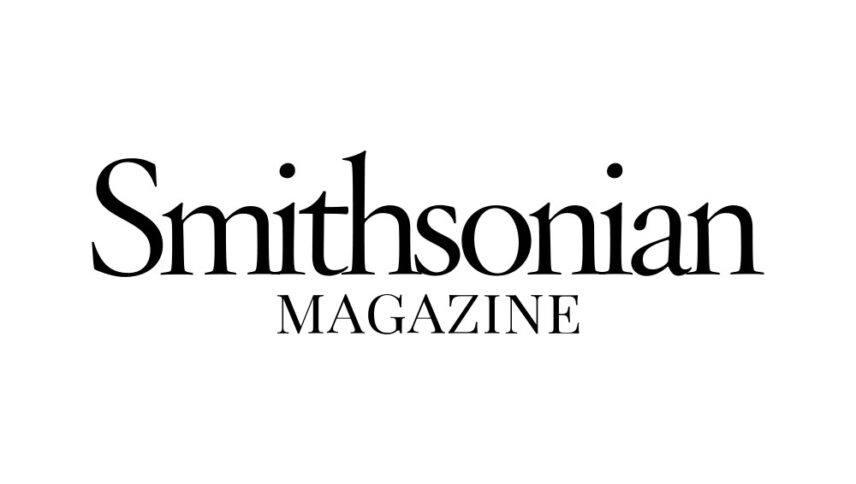
What font is used in the Smithsonian Magazine logo?
I did a lot of research to find the font used in the Smithsonian Magazine logo. I didn’t find the exact font used in the logo. Most likely, this font has been personalized.
Anyway, I found two fonts that are very similar to the original logo font. The first is premium and the second is free. You can manipulate these fonts a bit to make them look like the desired font.
The first font is “Minion Pro Regular” and was designed by Robert Slimbach and published by Adobe. This font is Premium and you can buy it from the link below.
The second alternative font is free and you can use it in your personal projects. Click on the button below to download it.
The world around you is full of information and knowledge that this magazine has taken a closer look at. The Smithsonian Magazine magazine’s logo font, combined with art, has been able to illustrate the world of science and select Sharp lines along with rounded lines. This logo font is suitable for many scientific brands, magazines, and flyers of various scientific classes, titling wildlife documentaries.
About Smithsonian Magazine
The magazine was launched in 1970 by Edward K. Thompson at the request of the then-Secretary of the Smithsonian, S. Dillon Ripley, with a view to History, science, arts, and nature.
In 1973, the magazine made its first profit. In 1974, blood circulation nearly quadrupled to 635,000, and in 1975 it reached one million milestones – one of the most successful launches of its time. In 1980, Thompson was replaced by Don Moser, who also worked at Life, and in turn, by Kerry Winfrey after retiring in 2001, the two million reached over two million.
Every year since 2003, Smithsonian Magazine has held an international photography competition. Tens of thousands of images from more than a hundred countries are presented. Every year since 2012, this magazine has been supporting American genius awards, recognizing innovation in the arts, sciences, and technology.
